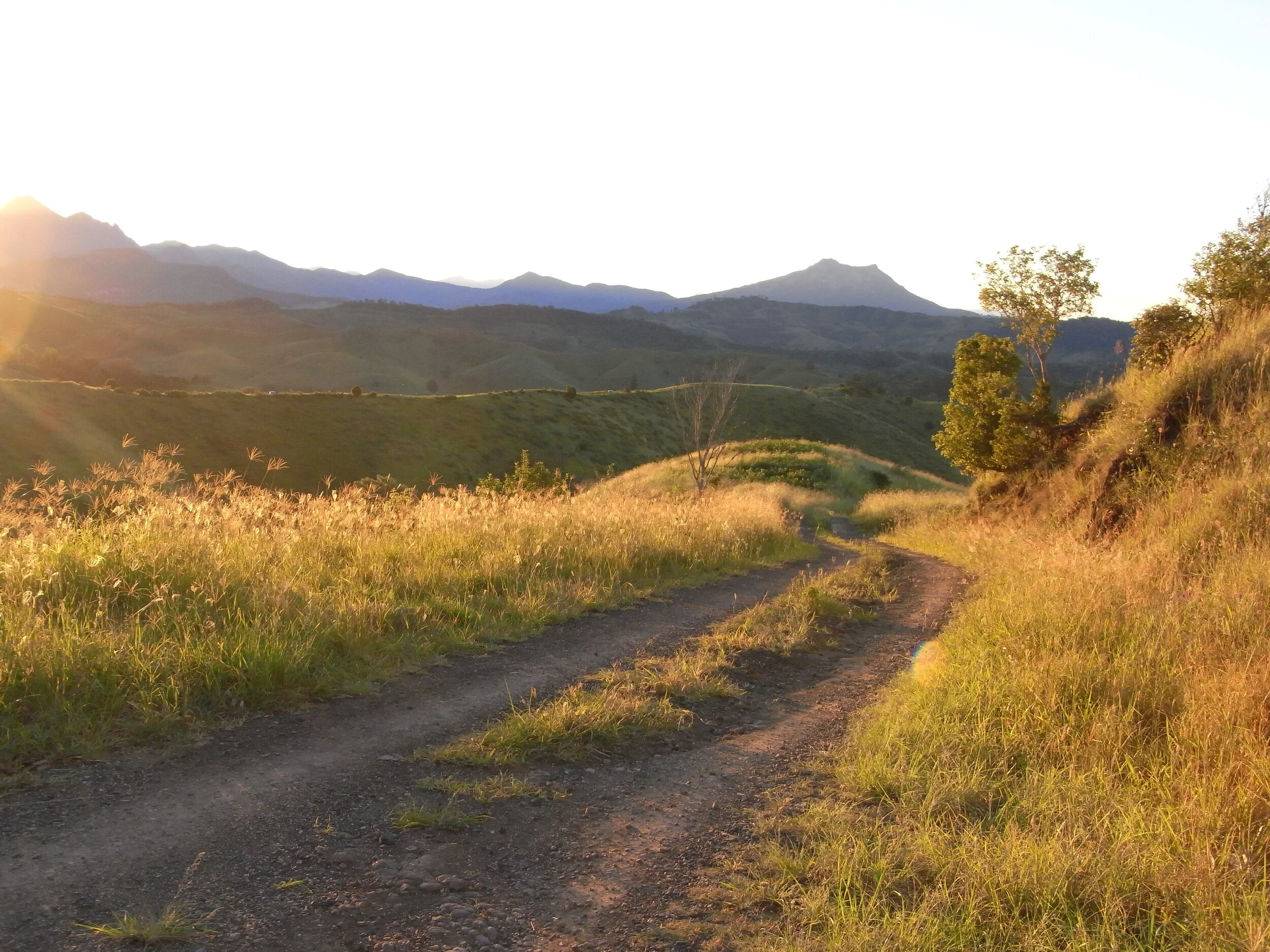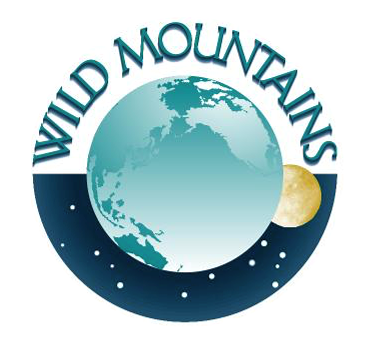
Land Care
Wild Mountains sees itself as custodian of the land under its control. We lie on the edge of the sub-tropical rainforest wilderness of Lever’s Plateau World Heritage Area. The richly diverse rainforest of the more gentle slopes at the edge of the plateau gives way to open eucalypt woodland on the steeper escarpment with an understorey of kangaroo grass and grass trees. This diversity of forest type and terrain partly explains why Wild Mountains is home to an exceptional variety of fauna and flora including species listed as threatened and rare.For instance our track system design and construction are carefully considered to minimise impact on the surrounding bushland. The conservation status of Wild Mountains is recognised by the imminent listing with the Queensland Parks and Wildlife Service as an official Nature Refuge thereby securing the preservation of its precious natural heritage.
Property Care
We value our role as guardians of the land under our care and continue to improve and reflect on our below landcare practices ranging from participating in government supported governance of land as a Nature refuge, to the way we mange fire or our flora and fauna.
Nature Refuge
Wild Mountains is a Nature Refuge and supports the agreement under Nature Conservation Act 1992. The land under Trust has been gazetted as the Wild Mountains Nature Reserve - a Nature Refuge.
The Nature Refuges Program partners with landholders to protect land for conservation. Through the program, landholders can play an integral role in protecting the state's biodiversity by establishing a nature refuge on their property. A nature refuge is an area of land voluntarily protected for conservation, while allowing compatible and sustainable land uses to continue.
Geology
Wild Mountains is located on Lever’s Plateau which forms part of the McPherson Range straddling the Queensland – New South Wales border.
The McPherson Range comprises basalt layers of the Lamington Group, laid down firstly by the Focal Peak Volcano and then by the Tweed Volcano around 23 million years ago. Subsequent erosion has left the McPherson Range as a high altitude link between the Main Range in the west (part of the Great Dividing Range) and the Lamington Plateau to the east. The Basalts have weathered into deep red soils in wetter areas and black soils in more exposed areas. High rainfall and rich volcanic soil support complex rainforests of national and international significance.
The area is noted for high peaks, steep ridges, narrow valleys and tumbling streams. Wild Mountains is at the headwaters of Camp Creek which flows into Running Creek. Wild Mountains received acknowledgement for its work in regenerating the Camp Creek head water receiving the “Healthy Water Ways” award in 2012.
Biodiversity Hotspot and World Heritage Area
The McPherson Range is a declared National Hotspot for Biodiversity. High levels of biodiversity are known to occur here, due to a phenomenon called the Macleay Overlap. This is a zone of overlap between generally northern species of Australian flora and fauna and southern species. The area contains a mixture of both northern and southern species. As well, a number of locally endemic species occur here, as the area has acted as a refuge during past climate change events.
National Parks on the McPherson Range are also included in the World Heritage listed Central Eastern Rainforest Reserves of Australia (CERRA). The Wild Mountains Nature Reserve adjoins the Border Ranges National Park (in NSW) and the CERRA World Heritage area and would share World Heritage values. Therefore, conservation efforts in this area are of international significance.
Landscape Zones
Four landscape zones have been identified in the Wild Mountains Nature Reserve. These represent distinct areas with specialised vegetation communities, habitats, and landform. Each area presents different challenges for management and conservation.
High Rainforest Zone: Complex Notophyll Rainforest at the head of Camp Creek on deep red basalt soil. This zone forms the habitat for most of the rare and threatened species identified so far.
Road Buffer Zone: Dry eucalypt forest in the road reserve and a buffer of 20 metres from the road. This zone suffers from edge effects along the road.
Dry Eucalypt Forest Zone: Complex Woodland on a steep basalt slope with a grassy understorey. This zone has a northerly aspect and is prone to fires from neighbouring properties.
Low Rainforest Zone: A mix of Brush Box Wet Sclerophyll Forest and Hoop Pine complex Microphyll Vine Forest in a gully at the northern end of the covenant area. This area is quite inaccessible and not prone to fire.
Revegetation of Disturbed Areas
The vegetation on the property is largely undisturbed. Past logging and land use practices have not impacted significantly and the forest communities have largely recovered.
Natural regeneration is the preferred methodology to restore disturbance within the covenant area. Revegetation may be required where areas have had a high amount of weed removal or the level of disturbance has exceeded the potential for natural regenerative processes. If revegetation is needed, then only local provenance of species will be used.
Weed Management
The presence of priority weed species threatens the environmental values of the covenant area. Priority weeds are defined as plant species detrimental to the desired landscape outcome, and are assessed against the following characteristics:
Degree of alteration to the landscape and habitat faunal values
Potential threat to the survival of planted and remnant native plant communities
Amount of effort required to reduce weed species population, and
Rate of growth to adult maturity.
Fauna
We work to restore the land to its natural and native state, to encourage native wildlife to return and thrive. All native animals/fauna species found on Wild Mountains Nature Reserve are protected.
Flora
We plant trees every year and continue to support previous planting for successful reforestation. Protected areas build resilience by controlling other habitat threats such as weeds and feral animals, by managing water resources and regenerating vegetation. It forms a buffer against the impacts of climate change, providing refuge for species to survive and adapt, reducing the extinction risk for our native species.



